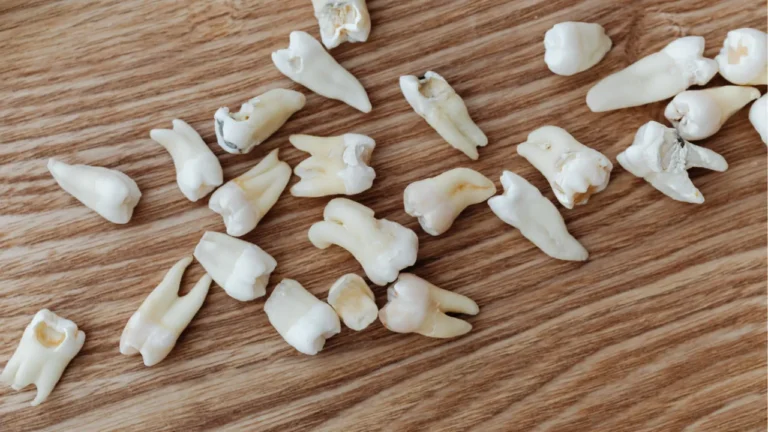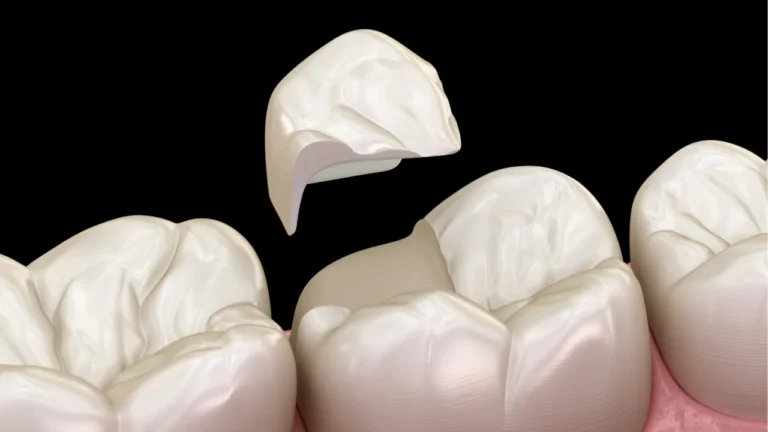Tooth removal should not be a painful procedure.
This is because your dentist or oral surgeon will use local anaesthesia to numb the area around the tooth being extracted.
This means you should not feel any pain during the procedure itself, although you may feel some pressure or movement.
After the procedure, you may experience some soreness, swelling, or discomfort, which is normal.
However, this discomfort should not be severe, and you should be able to manage it with over-the-counter pain medication and following your dentist’s aftercare instructions
What To Expect During Tooth Extraction
There are two types of tooth extractions: simple and surgical.
Simple extractions are typically performed on teeth that are visible and easy to access, while surgical extractions are more complex and involve cutting into the gum tissue.
During a tooth extraction, your dentist or oral surgeon will numb the area around the tooth with a local anesthetic.
They will then use special tools, such as forceps, to loosen the tooth from its socket and remove it.
You may feel pressure or movement during the procedure, but you should not feel any pain.
Pain Management During Tooth Extraction
While tooth extraction is not inherently painful, many people experience discomfort or soreness afterward.
Some pain management options include:
- Local anesthesia: This is the most common pain management technique used during tooth extraction. It involves injecting a numbing medication directly into the area around the tooth, so you don’t feel any pain during the procedure.
- Nitrous oxide: Also known as “laughing gas,” nitrous oxide is a mild sedative that can help you relax and reduce anxiety during the procedure.
- Sedation dentistry: For more complex tooth extractions or for patients with severe dental anxiety, sedation dentistry may be an option. This involves administering medication that puts you in a deep state of relaxation or even sleep, so you don’t remember the procedure and feel minimal pain afterward.
Aftercare Instructions For Tooth Extraction
After having a tooth removed, it’s important to follow proper aftercare instructions to ensure that the area heals properly and to reduce the risk of infection.
Here are some general tips to follow:
- Bite down on gauze: After the tooth extraction, your dentist will place gauze over the extraction site. Bite down on the gauze to help stop any bleeding. Keep the gauze in place for about 45 minutes to an hour before removing it.
- Rest and avoid strenuous activities: Rest and avoid any strenuous activity for at least 24 hours after the tooth extraction. This will help prevent any bleeding or irritation to the extraction site.
- Apply an ice pack: Apply an ice pack to your cheek for 10-20 minutes at a time to help reduce swelling and discomfort. Be sure to take breaks in between applications to avoid damaging your skin.
- Avoid smoking or using straws: Smoking or using straws can dislodge the blood clot that forms in the extraction site, which can delay the healing process. Avoid smoking or using straws for at least 24 hours after the tooth extraction.
- Eat soft foods: Eat soft foods for the first few days after the extraction. Avoid hard or chewy foods that can irritate the extraction site.
- Keep your mouth clean: Gently rinse your mouth with warm salt water (1 teaspoon of salt in a glass of warm water) after 24 hours. Do not rinse your mouth vigorously or use mouthwash for the first 24 hours.
- Take pain medication as prescribed: Take any pain medication as prescribed by your dentist to help manage any discomfort.
- Follow up with your dentist: Follow up with your dentist as recommended to ensure that the extraction site is healing properly.
If you experience any unusual symptoms, such as excessive bleeding or severe pain, contact your dentist immediately.







